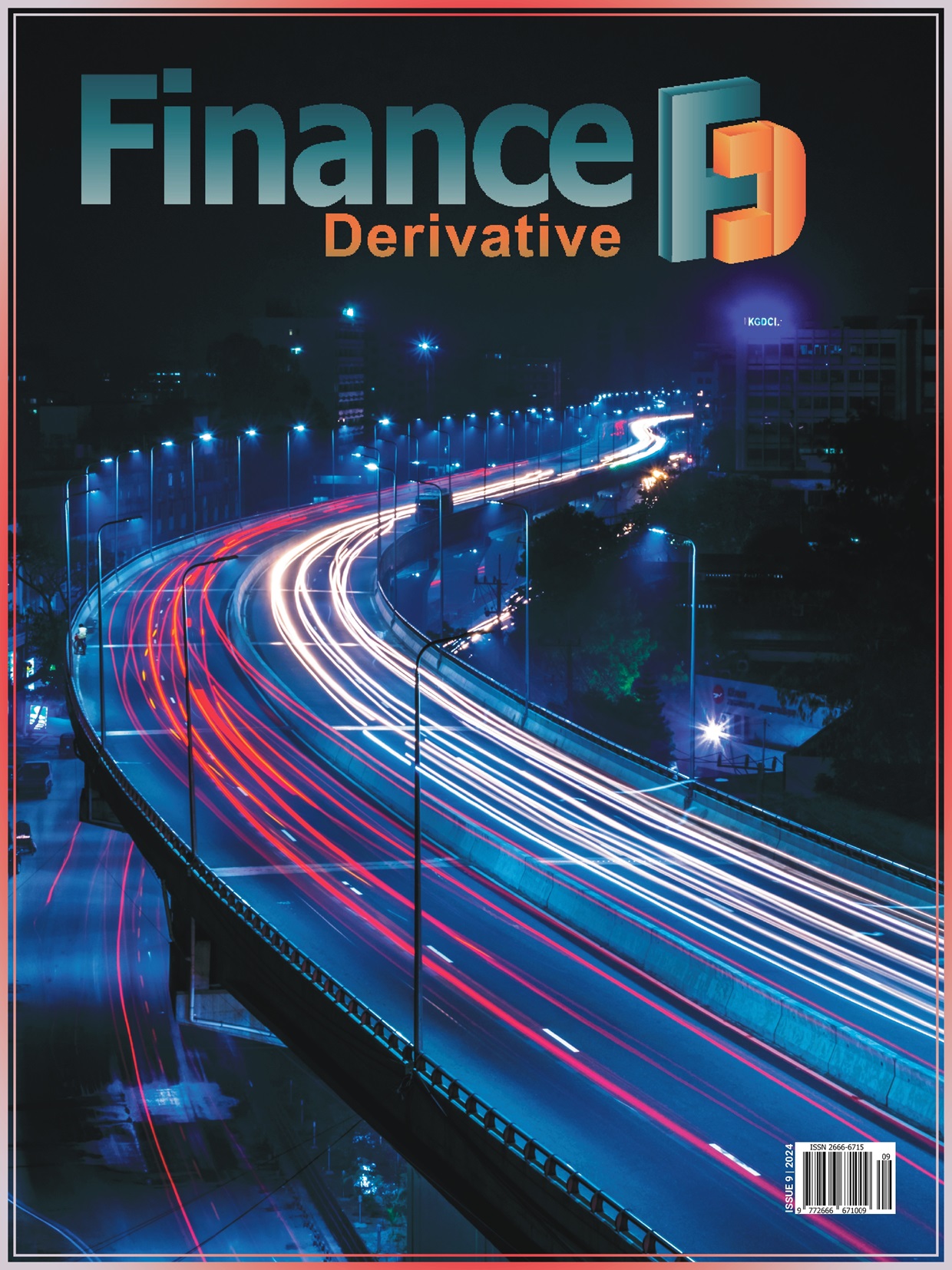Car insurance is a legal requirement for motorists, but many drivers may be unknowingly voiding their policy.
Failing to update your circumstances or providing false information, whether intentionally or not, could lead to your insurer refusing to pay out or cancelling your policy. In the worst-case scenario, you may be liable to be prosecuted for fraud.
To help motorists avoid any issues with insurance, experts at online car parts provider CarParts4Less have outlined five common mistakes that can invalidate your policy.
- Car modifications
Nearly half (47%) of Brits have modified their car in some way, with over a third (37%) spending £500 or more souping up their motors*, but failing to notify your insurer about any changes to your vehicle could void your policy.
There are two ways that car modifications can affect your insurance premium: if they increase the likelihood of an accident (performance upgrades), or if they increase the likelihood of theft (cosmetic upgrades or tech add-ons, such as a soundsystem).
Always ensure that you inform your provider about any changes to the vehicle, as this will allow your insurer to assess the validity of your policy.
- ‘Fronting’
Insurance for young drivers often costs more than groups deemed less of a risk. One way some motorists try and get around the higher premiums is by having a low-risk driver, such as a parent or partner, named as the main policyholder and adding the real motorist as a named driver.
However, if you get caught ‘fronting’, as this tactic is known, your policy will immediately be cancelled, and any claims denied. These cases are often taken to court and are classed as insurance fraud, with outcomes including fines of up to £5,000 and six points on your license.
- Not updating your address
Car insurance premiums can vary depending on the postcode, as some areas have higher rates of thefts and break-ins. It can be tempting to put down your home address as somewhere different to where your car stays every night; for example, your parents’ house while you are at university. However, if you do so, your insurer can refuse to pay out for any claims made at your actual main living location.
Many companies have investigative departments (called a special investigations unit, or SUI) dedicated to making sure information on your insurance and claims is correct, so while you may think you can get away with not updating your address, you’ll likely be caught when you make a claim.
- Not reporting accidents
Many motorists don’t see the point of notifying their insurers about small bumps and scrapes. However, even if you don’t intend to claim, it is important to inform your insurance provider about any damage, as not doing so is a breach of your policy.
This protects you in the event that the other driver changes their mind and decides to claim. It also ensures damage is accounted for if you do need to claim for future incidents, as damage which is inconsistent with a claim may mean that you are denied.
- Commuting
There are three types of car usage that insurance covers: social only, social and commuting, and business
These different policies provide different extents of coverage, and using your car outside of this usage will mean that you’re unable to claim. For example, social usage does not cover your car when commuting, so you will be unable to claim for any incidents while travelling to or from work.
A CarParts4Less spokesperson said: “While it may be tempting to bend the rules to pay for a cheaper policy, it’s never worth it, and will often lead to you paying substantially more in the long run.
“It’s important to always read the terms and conditions of your car insurance policy, to ensure that you have not accidentally invalidated the policy. Keep your insurance provider up to date with any change of circumstances, regardless of whether or not you think it’s relevant. It’s better to be safe than sorry.”
To find out how to legally reduce your car insurance costs, visit https://www.carparts4less.co.uk/blog/10-tips-to-reduce-your-car-insurance-premium







